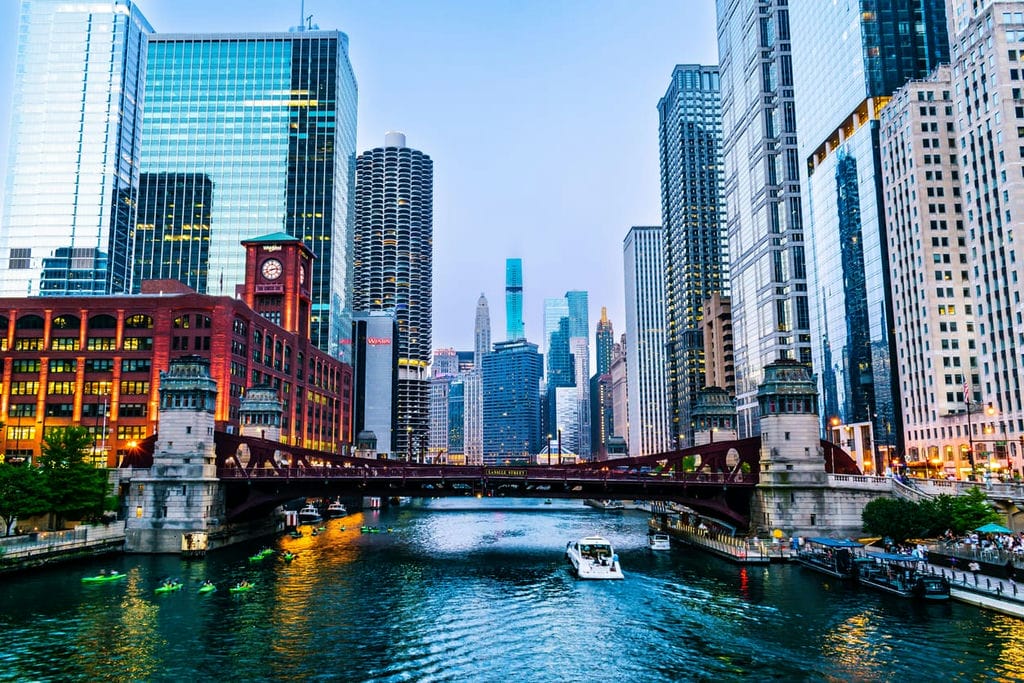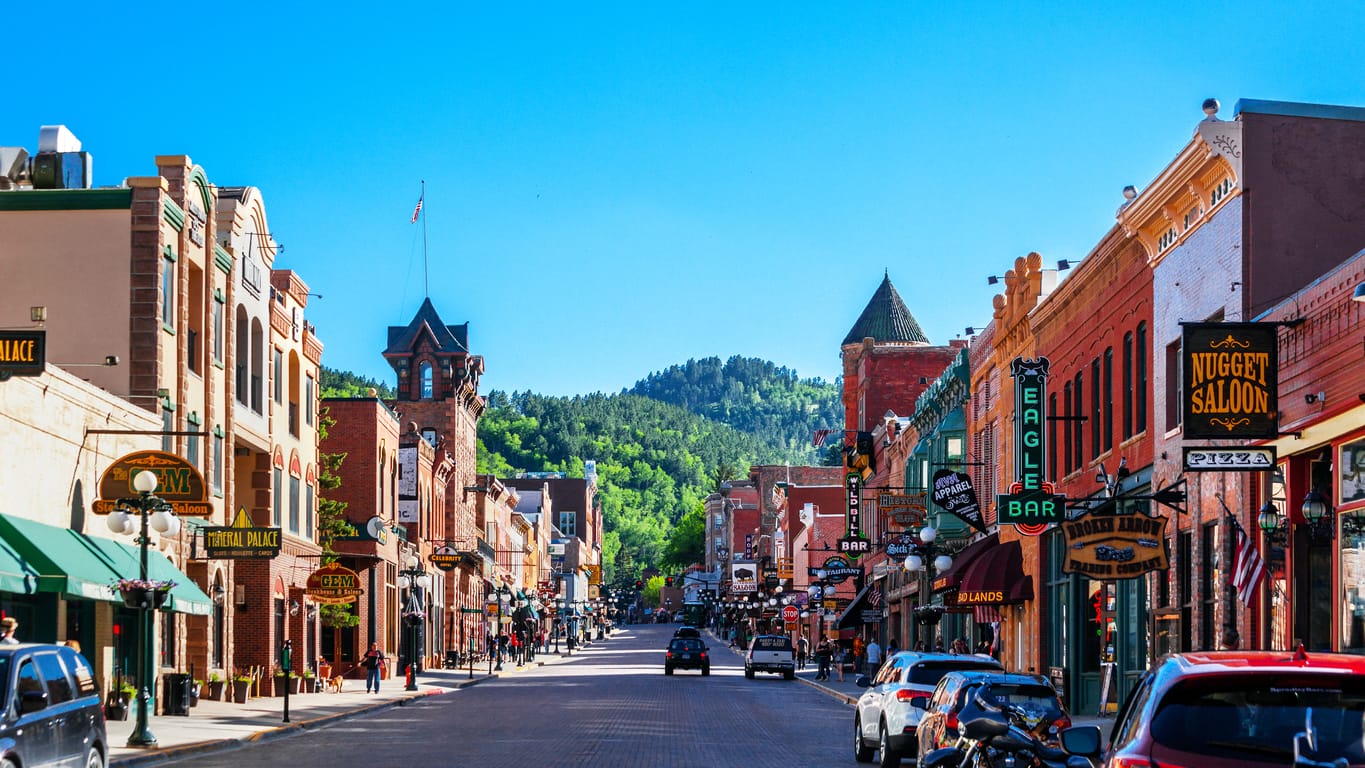Shipping from the State of Illinois to South Dakota
Chicago, located on Lake Michigan, and connected to the eastern ports via the Erie Canal became a booming metropolis, and even the fire of 1871 could not stunt its growth. In the second half of the 19th century, the great need for workers in the mills, rail yards, and slaughterhouses made Chicago a popular destination for immigrants and freed blacks. During Prohibition Chicago became synonymous with bootleg liquor and gangsters like Al Capone.
After the American Revolution against the British, Illinois became a territory of the United States and achieved statehood in 1818.
Illinois has been noted as a microcosm of the entire United States. With Chicago in northeastern Illinois, small industrial cities and immense agricultural productivity in the north and center of the state, and natural resources such as coal, timber, and petroleum in the south, Illinois has a diverse economic base and is a major transportation hub. Chicagoland, Chicago’s metropolitan area, encompasses over 65% of the state’s population.

Illinois shares its eastern border with Indiana, Lake Michigan to the north, to the Wabash River in the south above Post Vincennes. Most of the western border with Missouri and Iowa is the Mississippi River; Kaskaskia is an exclave of Illinois, lying west of the Mississippi and reachable only from Missouri. The state has a northern border with Wisconsin. The northeastern border of Illinois lies in Lake Michigan, within which Illinois shares a water boundary with the state of Michigan, as well as Wisconsin and Indiana. The state capital is Springfield.
Illinois took the nickname Prairie State; Land of Lincoln. The state tree is the White Oak and the state flower is the violet. And the state motto is State Sovereignty, National Union.
Shipping to the State of Illinois to South Dakota
The territory that would become South Dakota was added to the United States in 1803 as part of the Louisiana Purchase. The first permanent American settlement was established at Fort Pierre by the Lewis and Clark expedition in 1804. White settlement of the territory in the 1800s led to clashes with the Sioux, as some of the lands had been granted to the tribe by an earlier treaty. Nevertheless, the territory was incorporated into the union on November 2, 1889, along with North Dakota.

Due to a controversy over which state would be admitted to the union first, President Benjamin Harrison shuffled the bills and signed one at random, with the order going unrecorded, though North Dakota is traditionally listed first. Today, a major part of South Dakota’s economy is fueled by tourism–visitors flock to the state to see Mt. Rushmore, which features 60-foot-tall sculptures of the faces of Presidents Washington, Jefferson, Roosevelt, and Lincoln. Famous South Dakotans include newscaster Tom Brokaw, senator, and vice president Hubert Humphrey and model actress Cheryl Ladd.
